Today, we will compare the Focal Bathys HiFi Bluetooth active noise canceling headphones against the Bowers & Wilkins Px8 flagship wireless active noise canceling headphones.
This article will primarily discuss how the Bathys stacks up against the Px8 from a sound quality perspective and briefly discuss build quality and how comfortable the headphones are.
Stay tuned for a full article on the Bowers & Wilkins wireless headphones. In that article, I will compare the Px8 to the Px7s2 from a build and sound quality perspective and discuss the different versions of the Px8, going into more detail on the B&W smartphone app.
Let’s get started!
Build & Design Quality
 The B&W Px8 weighs in at 320 grams compared to the heavier 350 grams of the Bathys. The Px8 uses the more current Bluetooth technology, 5.2, with adaptive aptX, aptX HD, aptX, AAC, and SBC offering A2DP, AVRCP, HFP, HSP, and BLE Generic Attribute for Bluetooth profiles.
The B&W Px8 weighs in at 320 grams compared to the heavier 350 grams of the Bathys. The Px8 uses the more current Bluetooth technology, 5.2, with adaptive aptX, aptX HD, aptX, AAC, and SBC offering A2DP, AVRCP, HFP, HSP, and BLE Generic Attribute for Bluetooth profiles.In comparison, the Focal Bathys offers 5.1 multipoint Bluetooth technology with SBC, AAC, aptX, and Adaptive aptX for their Audio codecs. Both headphones claim a 30-hour wireless playback time, with the B&W Px8 giving you 7 hours of playback off a 15-minute charge and the Focal Bathys giving you 5 hours of playback from a 15-minute charge.
The Px8 uses Hybrid Active Noise Cancellation with ambient Pass-Through and a wear-detection sensor vs. the two Active Noise Cancellation modes of the Bathys, which also has a transparency mode. The Bathys Transparency mode sounds slightly more natural, but it’s relatively close.
In my use, I found the Px8 to edge out the performance of the Bathys for Noise cancellation; however, this comes with a caveat, as when activated, the noise cancellation on the Px8 does cause a change to the quality of sound of the headphones when music is playing seemingly increasing the bass signature. After activating the noise cancellation, I had to pull back the bass in the B&W iPhone app for some genres of music.
The Bathys sound signature always stays the same as the ANC is always on, and at the time of this article, you can never turn it off, even if you are listening in a quiet environment. I tested both headphones on walks with my dog, multiple gym sessions, sitting in a coffee shop, or working at my desk, and I have to give the edge to the Px8 for noise cancellation.
For phone calls, I feel both headphones do the job; however, after talking to several people on the phone, everyone I spoke with preferred my voice and the clarity of my voice from the Px8 as well as I liked the more natural-sounding voice of the person I was talking to from the B&W Px8.

The Px8 uses four mics for their ANC and two mics for phone calls, whereas the Focal Bathys uses eight mics in total. So, more mics didn’t improve the performance for noise cancellation or phone calls in my use, but it did create a more natural sound from the transparency mode on the Bathys.
The Px8 utilizes 40mm dynamic full-range carbon drivers with a THD of less than .1% vs. a THD of less than .2% from the Bathys, which utilize 40mm aluminum-Magnesium M shaped dome drivers. Both headphones position buttons on the sides of the cups to activate their different modes and features or can use their respective iPhone and Android apps.
As far as build quality and comfort go, I would give the edge to the B&W Px8 for its sleeker, more low-profile design and more premium quality materials, which include cast aluminum arms and soft luxurious Nappa leather trim. In contrast, the Focal Bathys use more plastic in their build and a less comfortable lower-quality headband system.
I think the Px8 also fits better on my head, with a snug, secure fit, and a more low-profile look, whereas the Bathys have much larger cups with less comfortable pads and attract much more attention when their glowing flame logo is on. Of course, this will come down to the shape of your head and your preferences for the type of look you are going for. The Px8 feels better built overall, in my opinion.
Regarding the provided iPhone or Android apps for each of the headphones, I think both could use some improvement; however, the Focal Naim app gives you more choices regarding the EQ with five bands of adjustment, whereas the B&W Px8 only currently allows you to adjust the bass and treble.
At the time of this article, the Focal Bathys is currently $799, $100 more than the B&W Px8.
Sound Impressions
 So, let’s get into my favorite part of the article how do these two wireless headphones stack up from a sound perspective?
So, let’s get into my favorite part of the article how do these two wireless headphones stack up from a sound perspective? I formulated all my impressions using my iPhone with Roon ARC. To keep things equal, I will share my impressions of the Px8 with noise cancellation on since the Bathys always has noise cancellation on.
However, adjustments can be made to each of the headphones within their respective apps, and listeners who prefer a more neutral bass signature may want to reduce the bass a bit when listening to the Px8 when noise cancellation is active.
With that said, if you like to listen to hip hop, R&B, pop, EDM, electronica, and other more modern genres of music, you may find the additional bass of the Px8 when noise cancellation is active to be enjoyable.
Listening first to The Weekend’s Dawn FM album and the first four tracks of the album Dawn FM, Gasoline, How Do I Make You Love Me, and Take My Breath easily one of my favorite openings to a Pop album in a long time, the Px8 has an exciting signature that works so well with this type of production with deep hard hitting sub bass, crystal clear synths, and present well-rounded vocals from the Weekend.
In comparison, the Bathys trades the harder-hitting sub-bass of the Px8 for more mid-bass punch and a slightly more congested, intimate-sounding soundstage, placing The Weekend's vocals a bit closer on their stage.
The vocals tend to blend a bit more with the bass line on “How Do I Make You Love Me” when listening to the Bathys. In comparison, the Px8 with a bit less mid-bass emphasis allows his vocals to be better separated and more easily defined from the rest of the production on the song.
 The Px8 performs a bit better from a soundstage perspective giving more air on the stage, with slightly better image definition for these tracks. The Bathys hits a bit harder, sounding punchier and more dynamic, in the mid-bass but expressing a bit looser in the sub-bass, which some may prefer for the extra rumble, and others may prefer the tighter slam and punch of the Px8 in the sub-bass region. Both headphones are enjoyable with this album, and it will come down to your preferences.
The Px8 performs a bit better from a soundstage perspective giving more air on the stage, with slightly better image definition for these tracks. The Bathys hits a bit harder, sounding punchier and more dynamic, in the mid-bass but expressing a bit looser in the sub-bass, which some may prefer for the extra rumble, and others may prefer the tighter slam and punch of the Px8 in the sub-bass region. Both headphones are enjoyable with this album, and it will come down to your preferences.
Listening next to Dire Straits Brothers in Arms album “So Far Away” and “Money for Nothing.” The Px8 has a well-separated soundstage with great imaging, but Mark’s vocals sound less present and a bit distant on So Far Away than I prefer.
Listening to the Focal Bathys, the guitar has a bit less body and definition to its sound, along with a bit less prominent snare drum. Mark’s vocals also sound a bit closer on the soundstage when listening to So Far Away.
Listening to Money for Nothing, the Px8 again presents a more forward-sounding full-bodied guitar; and a touch more warmth from Mark’s vocals than the more neutral-sounding Bathys. The treble is a bit more energetic and sparkly sounding from the Px8, which balances reasonably well with their bass, whereas the Bathys has a more neutral sub-bass, a bit of emphasis in the mid-bass, and a more relaxed treble.
So again, it will depend on your preferences; but I was able to enjoy both headphones. The Px8 initially sounds more exciting and immediate than the Bathys, but the Bathys sounds a bit more balanced, with better timbre and less in-your-face on this track.
Next, I listened to Bob Moses's The Silence in Between album, specifically “Seen It Coming.” One of the first things I notice is how the Bathys present the vocals a bit nasally compared to the Px8. Both headphones deliver the bass line differently on this track, with the Bathys giving more rumble from the bass line with ample punch.
The guitar is more present and better defined when listening to the Px8, along with the better-separated smoother-sounding vocals. The less mid-bass of the Px8 doesn’t allow them to sound as dynamic as the Bathys, but it does allow the sound stage layering to communicate better, in my opinion.
Listening next to Nas, “It Was Written,” specifically the song “Affirmative Action.” The punchier dynamic sound of the Bathys plays well with this track, allowing the bass line to compliment the badass lyrics of one of my all-time favorite Nas songs. The B&W Px8 is also enjoyable, with good sub-bass; however, the vocals sound a bit sharper and more forward-sounding, displaying a harder edge to their character with not enough emphasis in the mid-bass to bring the best out of this track for my preferences.
I listened to many other albums and genres of music, including Melody Gardot's Live in Europe album, Snarky Puppy’s We Like It Here, YoYo Ma’s Six Evolutions Bach Cello Suites album, Lang Lang’s The Chopin Album, to name a few. Honestly, the quality of sound regarding detail retrieval, sound stage, and imaging is very close.
The biggest standouts for me were the harder-hitting sub-bass and more layered-sounding soundstage of the B&W Px8 vs. the more natural timbre and punchier dynamic sound of the Focal Bathys. Neither pair of headphones have a vast open exaggerated HD800s soundstage.
I believe the Bathys has a slightly more neutral tuning than the Px8 with a more relaxed treble region, which was especially noticeable on Snarky Puppy’s Lingus with the additional cymbal energy and splash the Px8 presented.
In contrast to the Bathys, the Px8 possesses a bit more treble energy and sub-bass punch. Both headphones have good detail retrieval at their respective prices. For listening to music, I would say it could go either way, and I enjoyed both headphones, and it came down to the track and how it was produced if I had a favorite, and it wasn’t always a clear choice based on the genre of music.
I think the Px8 could be perceived to have more of an immediate, more analytical sound that some listeners may find fatiguing when a/b compared to the Bathys. In contrast, the Bathys has a more neutral but fun-sounding signature due to its dynamic-sounding mid-bass that will appeal to many listeners. I also think if you are not a/b comparing the headphones, both headphones after you adjust to their different sound signatures, are enjoyable to listen to.
The one area, however, I think the Px8 smokes the Bathys that nobody is talking about is for watching movies. Watching several movies at home, the sub-bass, soundstage layering, and better-separated vocals for dialogue scenes play well to the strengths of the Px8 for watching movies.
Final Thoughts
As always, I encourage you to listen to both headphones side by side to formulate your impressions, as we all hear a bit differently and differ on what we value or prefer in sound quality.
We have these fantastic wireless headphones in our showroom headphone bar, so if you are in SoCal, stop by and hang out with us and have your own listening party.
If you are interested in trading up your old headphones or other gently used audio gear for a new set of headphones, check out ourtrade-up program, and don’t forget we will price match, other authorized dealers!
Until next time friends, remember, let the music be your guide!

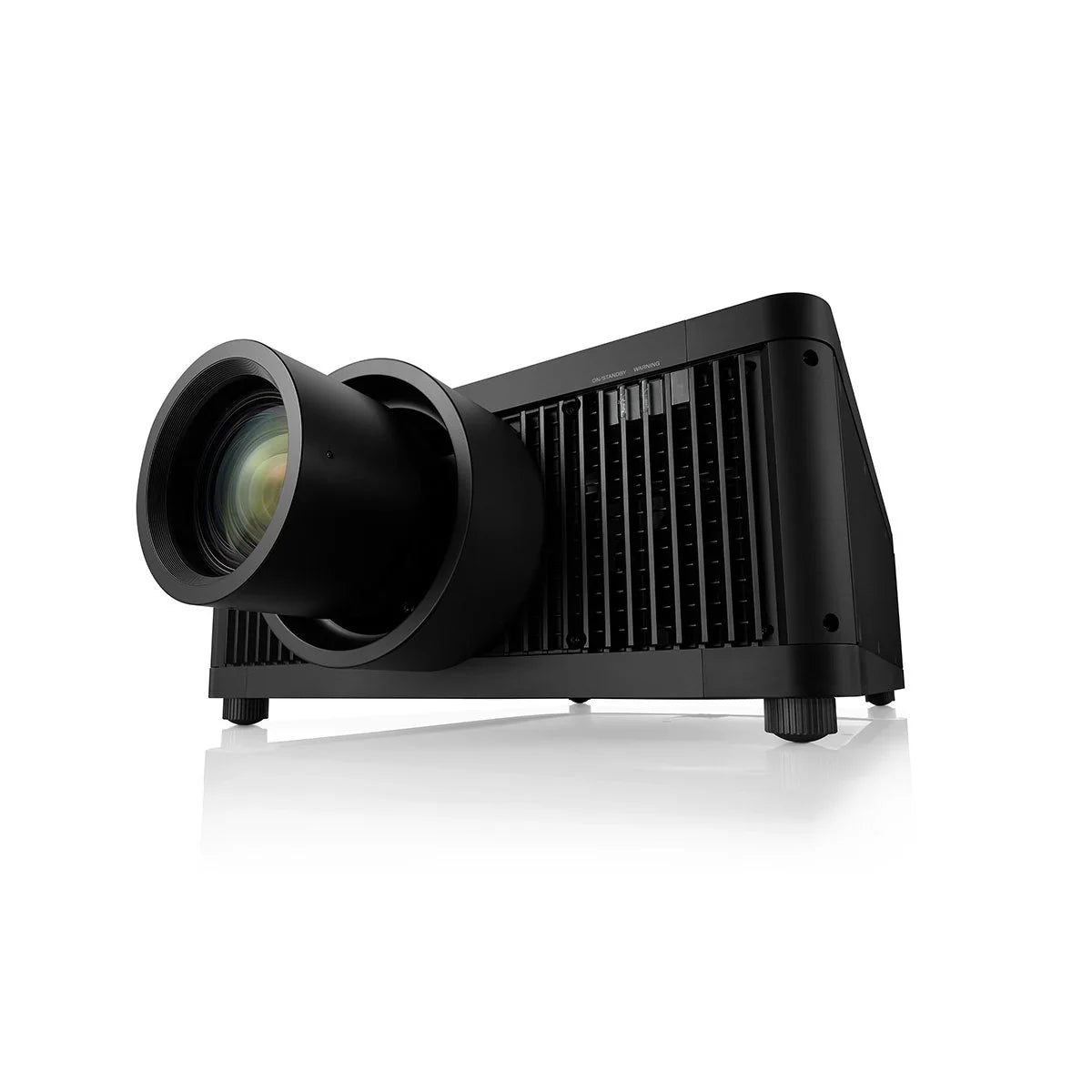
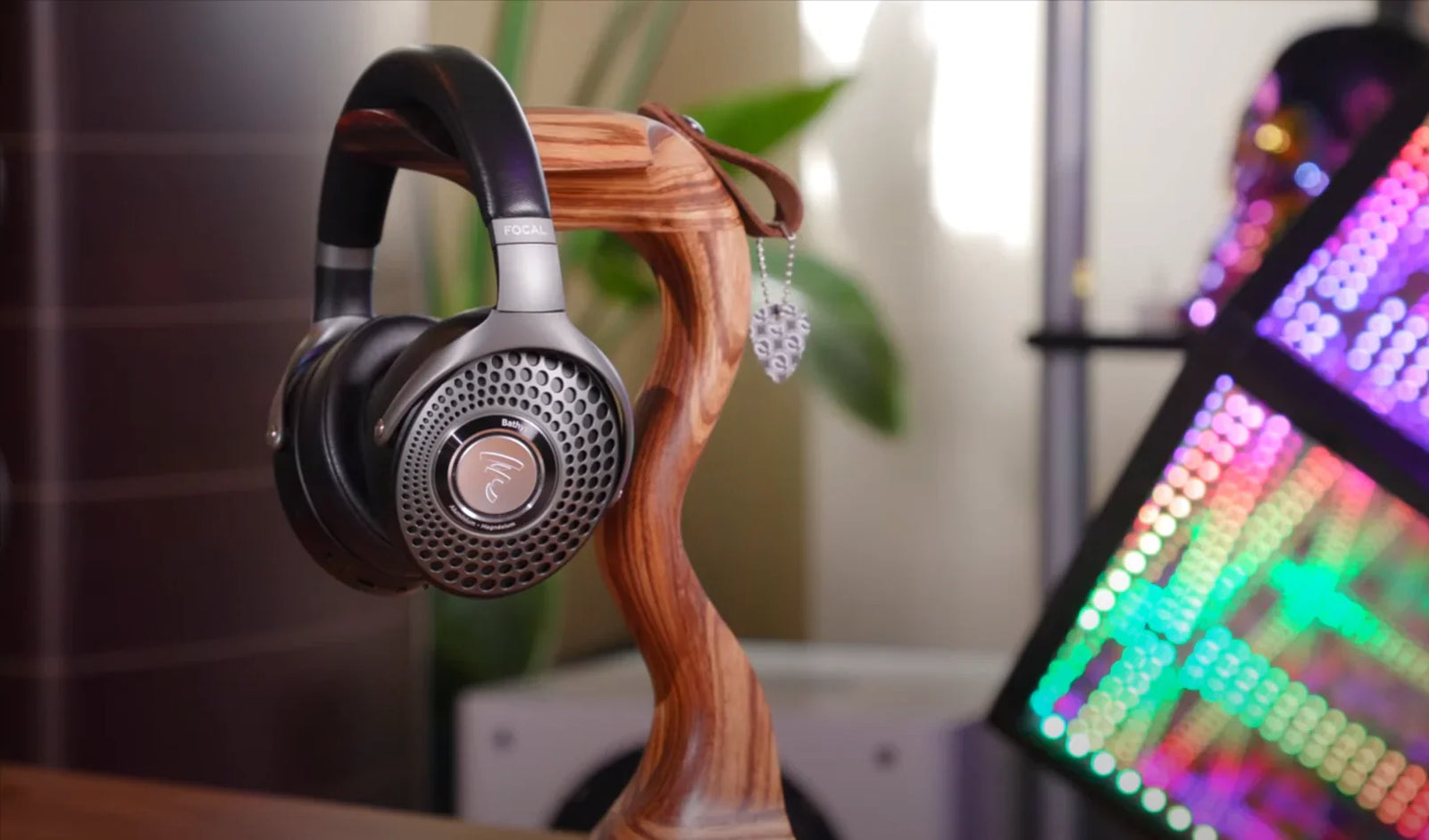
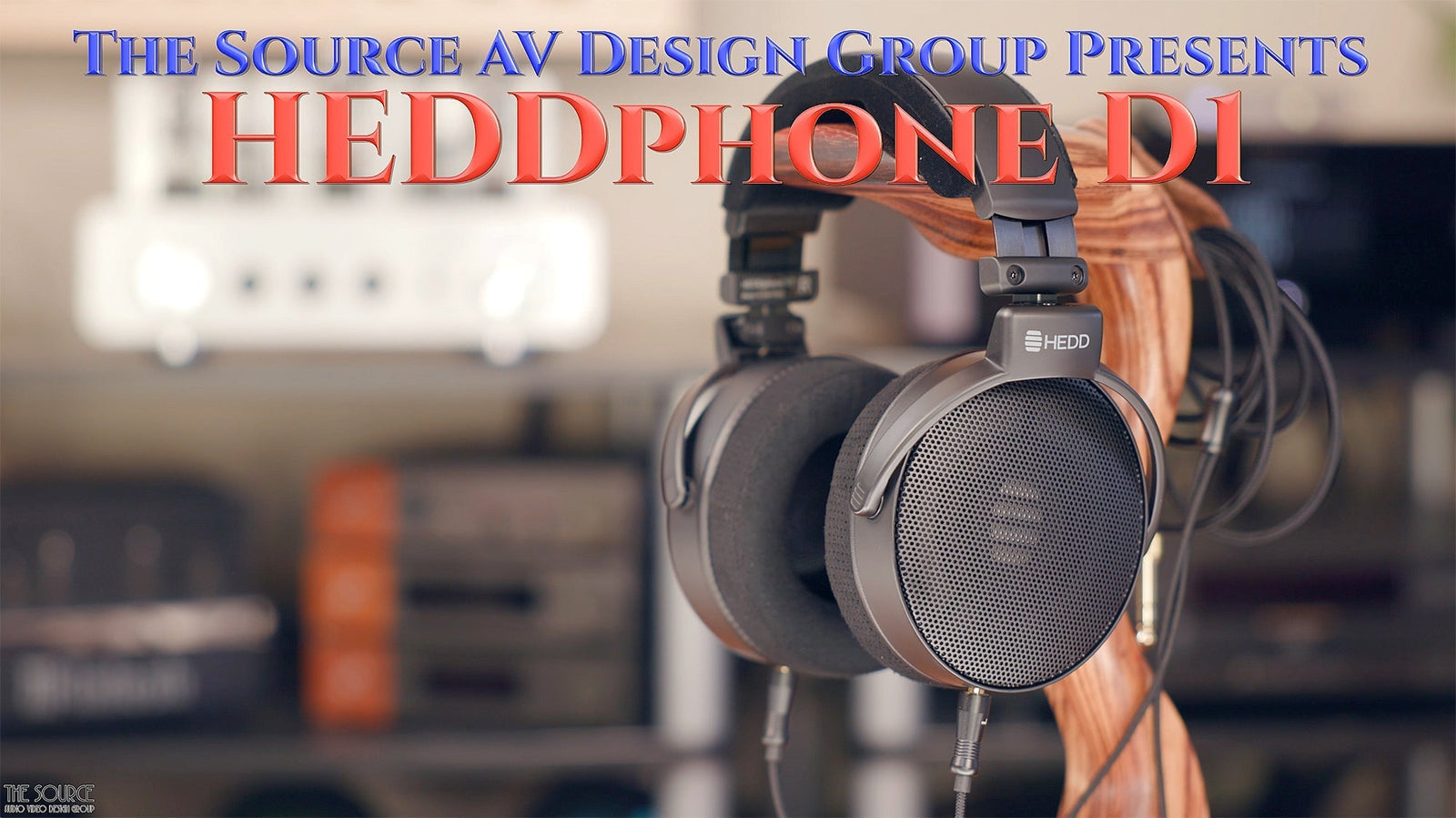
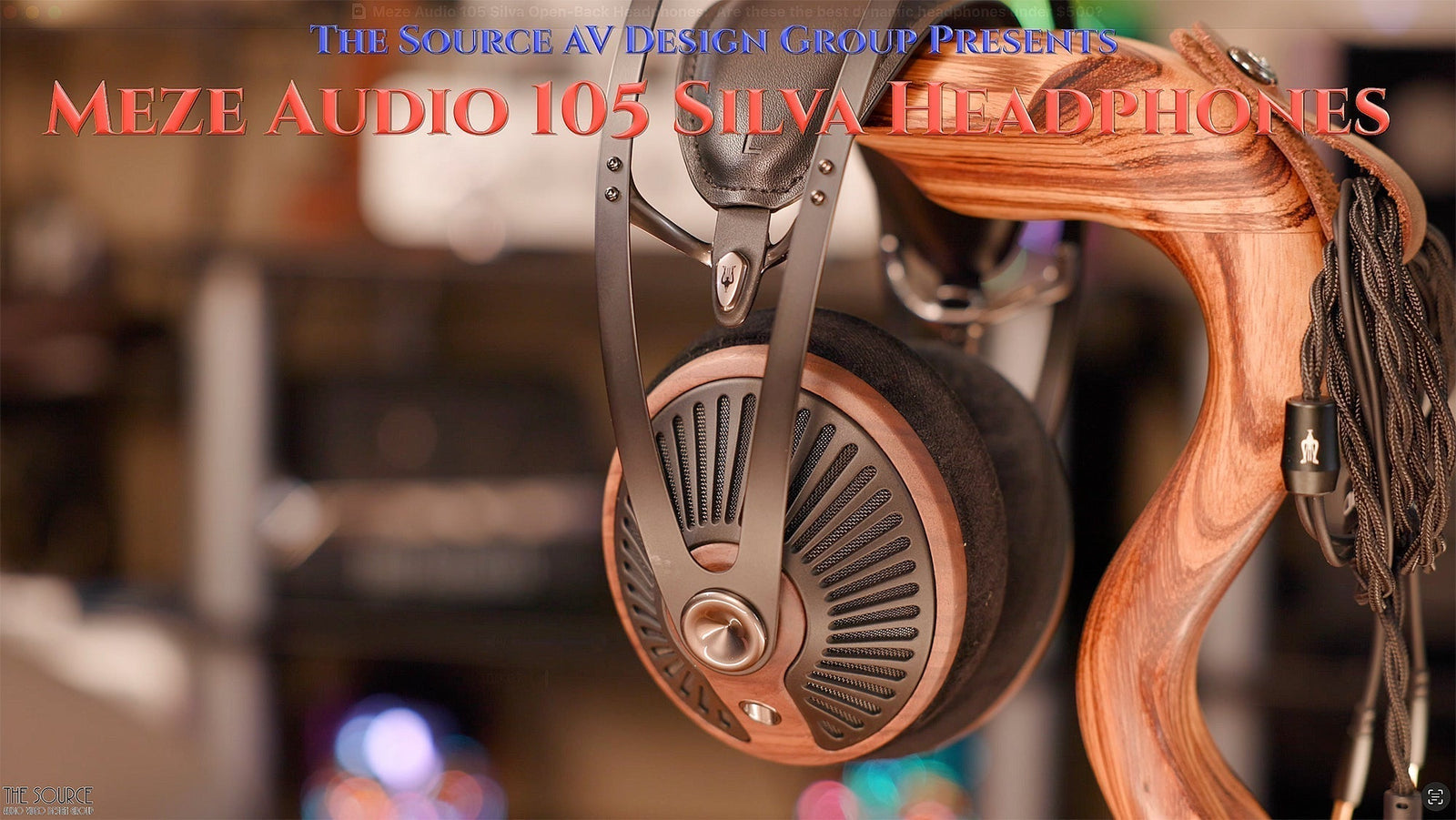
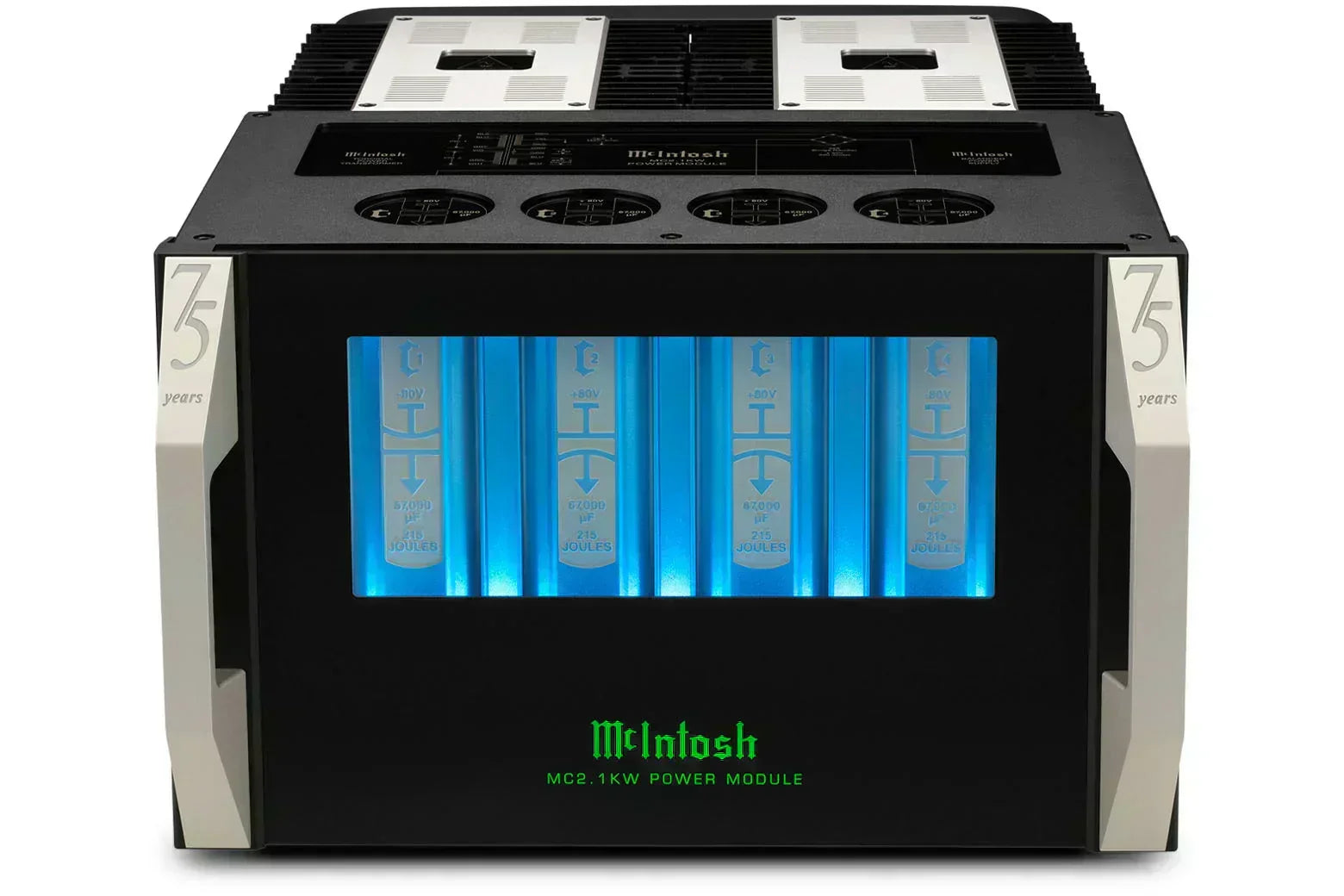
Leave a comment (all fields required)